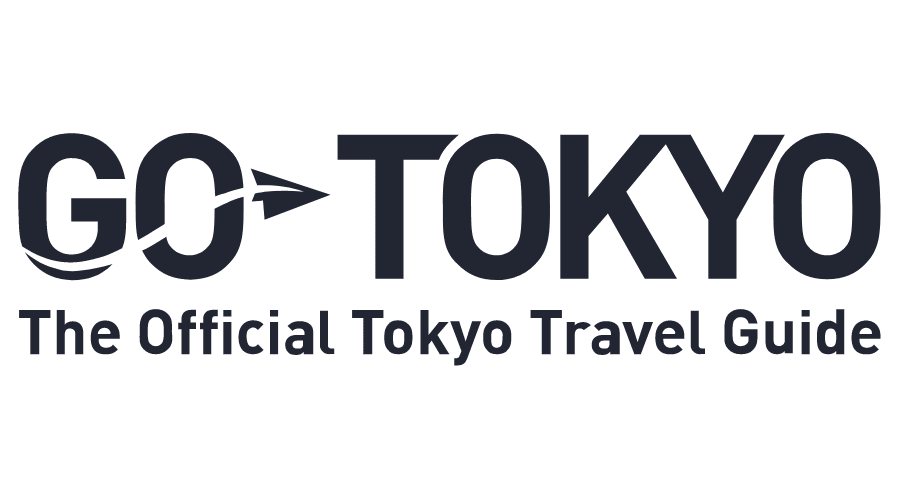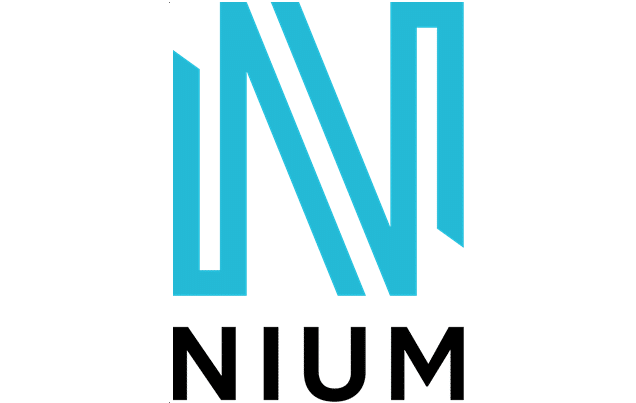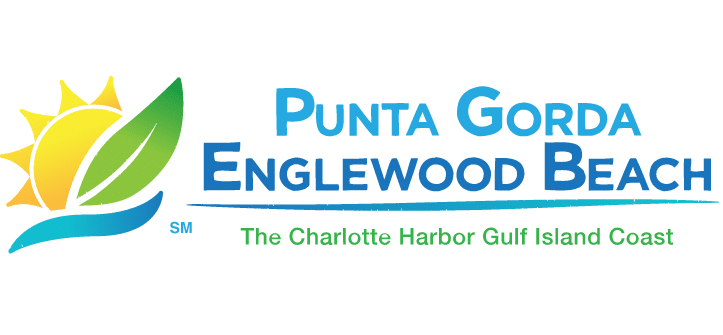The perfect storm for US carriers – TravelMole guest comment
TravelMole guest comment by Michelle Grant, travel and tourism research manager, Euromonitor International
Climbing fuel prices, tough competition and a stricter Federal Aviation Administration (FAA) all contributed in creating the perfect spring storm for US airlines. Â
Aloha Airlines, ATA Airlines, and Skybus Airlines, unable to compete, ceased operations while Frontier Airlines was forced to file for bankruptcy due to cash flow issues.
The tough competition and weak demand caused three exits in a matter of weeks.Â
Aloha Airlines faced off with Hawaiian Airlines and Go! and lost. ATA Airlines lost a key military charter contract and ceased operations. Skybus, the ultra low cost carrier that charged extra for everything, stopped flying from Colombus, Ohio.Â
While the exits also serve to cut capacity, the combined size of the airlines is not large enough to have a significant impact on pricing power for surviving airlines.
Fuel prices darken the skies
With the price of oil above US$110 a barrel, many airlines are grounding planes to save on fuel costs, despite lease or loan payments on these idle planes.Â
While these capacity cuts have helped companies raise prices, several fare increases did not remain in place when discount airlines refused to match them.Â
The gloomy economic outlook has many companies pessimistic about their ability to raise fares without scaring off customers, despite bookings remaining strong thus far.
Lightning strikes from the FAA
Adding to the chaotic skies, whistleblowers at the FAA claimed they were discouraged from pursuing maintenance issues at Southwest Airlines.Â
As a result, Southwest Airlines planes had been not been properly inspected for as long as five years.Â
The announcement prompted the FAA to conduct a national audit of its safety directives until June 30.Â
Many USÂ airlines, including Southwest, United and Delta, cancelled flights to participate in the inspections.
American Airlines grounded 300 MD-80s to inspect their wiring, which caused 3,300 flight cancellations over a one week period. Industry sources estimate that the grounding could cost American Airlines up to US$100 million.
A silver lining?
Last month, Delta Air Lines and Northwest Airlines agreed to merge to form the largest airline (named Delta) in the world in terms of passengers.
As with most mergers, the goal for Delta/Northwest is to streamline domestic operations and expand international reach.Â
Domestically, there are only a few routes of which both Delta and Northwest compete.Â
Internationally, Delta is a major carrier across the Atlantic and to Latin America, while Northwest holds key routes across the Atlantic and Pacific.Â
While it is probable that the merger will be approved by regulators, it remains to be seen if the integration of the two airlines will go smoothly.Â
The pilots of each airline had failed to reach an agreement on seniority before the merger announcement and could cause interruptions to the integration process.
The merger may result in a rationalization of the network, but it is unlikely that material cost savings will occur due to the labour intensive nature of the industry.Â
Instead, the strategy behind the merger would be to increase revenues through capacity cuts and subsequently, higher fares. Additionally, the breadth of the domestic and international network may help the airline win larger corporate contracts.
However, there are a great deal of obstacles to overcome in order to drive revenue. Airline mergers are notoriously difficult to pull off without alienating consumers with poor customer services, delays and lost luggage.
Which way is the wind blowing?
The merger could set off a wave of consolidation in the US airline industry.Â
With Northwest now relinquishing its ability to block a Continental Airlines merger (an ability granted in an earlier transaction but nullified because of the Delta/Northwest agreement), it is likely that United Airlines merges to unseat the new Delta as the largest airline in the world by passengers. United is strong in the West and Midwest with routes to Asia from its hubs.
But Continental, which has a hub in Newark, N.J. on the East Coast and a strong presence in Latin American from Newark and its hometown of Houston, has ruled out a merger for now.Â
American Airlines, until now the largest airline, and US Airways remain as other candidates for consolidation.
However, the airlines in the middle could continue to feel the squeeze between the mega airlines and the discount airlines.Â
Frontier Airlines might continue to lose out to United and Southwest in Denver while Virgin America feels the pressure from those airlines in San Francisco.
With competition intense and fuel prices high, these could be the next airlines to exit the market.
 United Kingdom
United Kingdom United States
United States Asia Pacific
Asia Pacific












































BA suspending all Heathrow to Abu Dhabi flights
Unexpected wave rocks cruise ship
Woman dies after going overboard in English Channel
Report: Cruise guest died after ship lashed in heavy storm
British teen in serious condition after paraglider collision